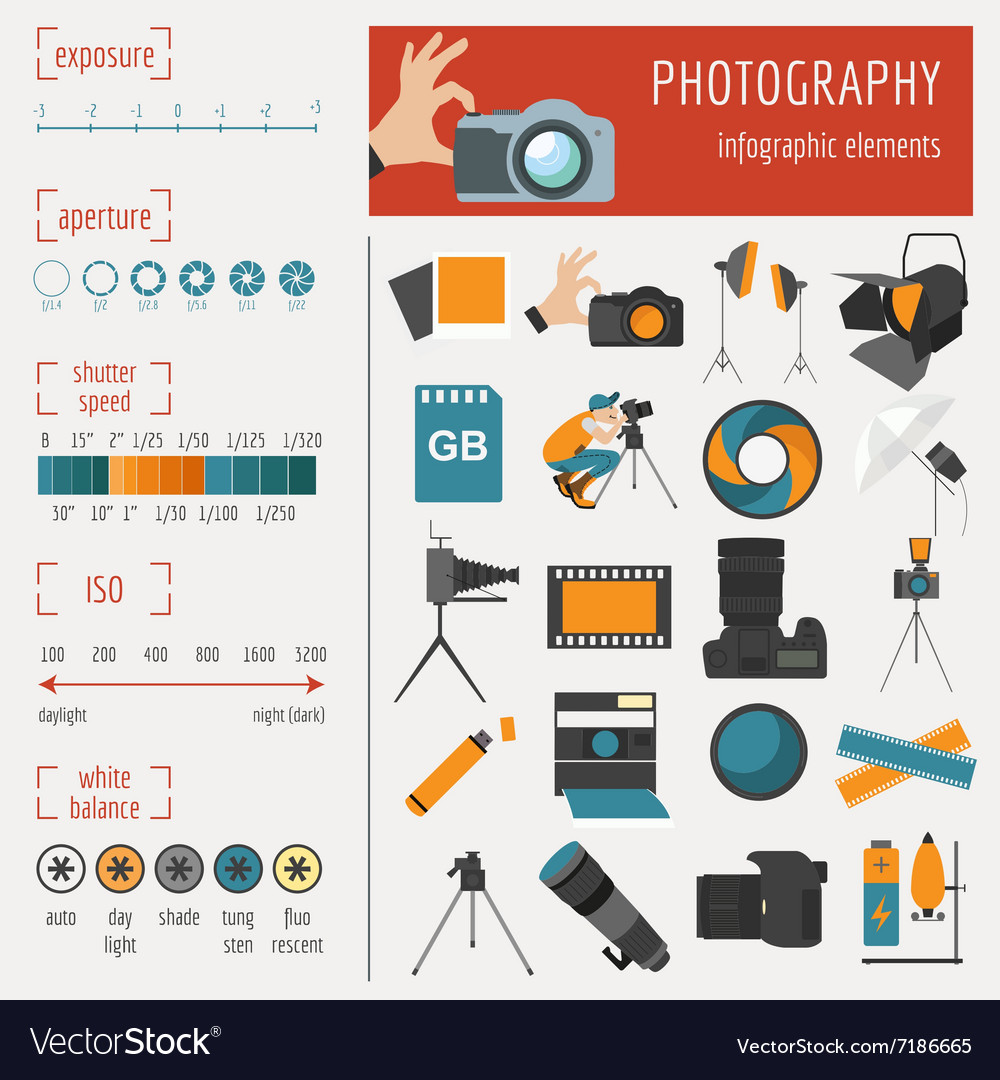Join Us To Uncover Essential Digital Photography Tips That Will Unlock Your Cam'S Possibility-- Prepare To Catch Stunning Photos In A Snap!
Join Us To Uncover Essential Digital Photography Tips That Will Unlock Your Cam'S Possibility-- Prepare To Catch Stunning Photos In A Snap!
Blog Article
Published By-Christian Elmore
When you first pick up your camera, it can really feel frustrating with all the settings and options available. You might find yourself wondering just how to browse aperture, shutter speed, and ISO effectively. Mastering these basics is essential, but there's even more to digital photography than just technical knowledge. Understanding make-up Environmental photographer and illumination conditions can raise your pictures significantly. So, suppose you could discover basic techniques to improve your abilities and begin recording impressive pictures faster than you think? Allow's check out just how to transform your photography trip.
Understanding Cam Setups
Recognizing your cam settings is crucial for capturing spectacular photos. When you grab your cam, familiarize yourself with the three major setups: aperture, shutter speed, and ISO. Each plays a crucial duty in exactly how your pictures turn out.
Beginning with aperture, which manages the amount of light entering the lens. A wider aperture (lower f-number) lets in more light and produces a gorgeous background blur, perfect for portraits. On the other hand, a narrower aperture (higher f-number) keeps more of the scene in emphasis, perfect for landscapes.
Next off, concentrate on shutter rate. This setup determines how much time your cam's sensor is revealed to light. A fast shutter speed freezes motion, which is wonderful for activity shots, while a sluggish shutter rate can produce magnificent results like smooth water in landscapes.
Last but not least, change your ISO. best headshots near me of sensitivity to light. A greater ISO serves in low-light circumstances but can introduce noise or grain. Go for the lowest ISO possible while still attaining appropriate direct exposure.
Structure Methods
When you're out shooting, structure can make all the distinction in just how your pictures resonate with audiences. Start by utilizing the rule of thirds; visualize your framework separated right into 9 equivalent sections with two straight and two upright lines. Setting key elements along these lines or at their junctions to develop balance and rate of interest.
Next, take into consideration leading lines. These all-natural lines in your scene, like roadways or rivers, draw the visitor's eye right into the picture, guiding them through the story you're telling.
Do not ignore mounting; use aspects within your scene, like trees or windows, to produce a framework around your topic, including depth and emphasis.
Additionally, keep an eye on your history. A messy history can distract from your major subject, while a straightforward one aids it stick out.
Lastly, experiment with balance and patterns; they can create a striking picture that catches focus.
Mastering Lighting Conditions
Understanding lighting problems is critical for catching spectacular pictures, as the best light can change a normal scene into something amazing.
Begin by observing natural light at different times of the day. Early mornings and late afternoons offer the very best light, called the golden hour. The soft, cozy tones during these times can enhance your photos beautifully.
Do not avoid cloudy days either; diffused light can minimize rough shadows and produce a pleasing result, specifically for portraits.
Try out backlighting by positioning your subject versus the source of light. visit the up coming website can produce a fanciful halo impact and include depth to your photos.
Take notice of your video camera setups also. Readjust the ISO, aperture, and shutter rate to suit the lights conditions. A higher ISO can help in reduced light, but be cautious of grain.
Make use of a tripod in darker settings to avoid blur.
Finally, don't forget artificial lighting. Flash and continuous lights can be excellent tools for managing light in challenging problems.
Final thought
Finally, understanding your video camera does not have to be overwhelming. By understanding your settings, applying structure techniques, and taking advantage of the power of natural light, you'll quickly elevate your photography abilities. Remember, exercise makes best, so venture out there and experiment with your newly found expertise. With time and dedication, you'll be catching spectacular images that mirror your unique perspective. Enjoy the trip, and do not forget to enjoy while you go to it!
